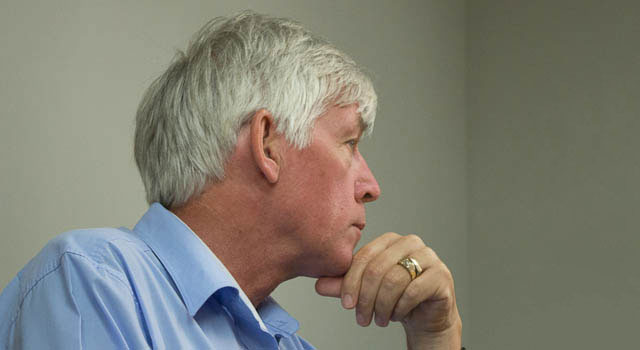
Unbundling the local loop would lead to a damaging outcome for Telkom and would cause job losses without radically improving connectivity for most South Africans.
That’s the view of Roy Kruger, technical adviser to communications minister Dina Pule, who argues that opening Telkom’s last-mile copper network into homes and businesses to the company’s rivals would do more harm than good.
Kruger, speaking at a breakfast hosted by the International Institute of Communications in Sandton, believes it’s imperative that government look at the effect local-loop unbundling (LLU) would have on the country.
“I’ve had a look at it with a number of my colleagues, and if the local loop is unbundled, Telkom will lose billions,” he says. “Without that money, Telkom wouldn’t be able to afford to pay the people it employs.”
Job losses would would be enormous, while LLU would have limited benefits in terms of improving national connectivity because it would only really provide higher speeds “in rich areas”, Kruger says.
He adds that there is still plenty of life yet in Telkom’s copper infrastructure. “In terms of copper wire, ADSL has been around for more than 20 years. People are now talking about VDSL and suggesting it’s possible to get as much as 200Mbit/s over existing copper.”
Government’s national development plan (NDP) is, according to Kruger, also far too light on detail regarding broadband and information and communications technology in general.
“I’ve looked at the NDP. It’s a huge, thick thing, but [the department of communications’] section is not very much of it. I think perhaps people didn’t think too much about broadband for South Africa.”
He says the department of communications has had to develop a policy document and, from there, has developed and “locked down” a strategy. “Now we need a project or implementation plan,” he says.
Much has been said about the need for open-access networks and standards, but that there are “various strategic models under open access” that need to be considered. This includes the wholesale model, where a single access price is offered to all service providers.”
However, this model doesn’t necessarily generate enough competition. Instead, Kruger says the department wants an “integrated open-access model”.
“You have a network provider in the middle, which is also an integrator, and then service providers that feed their services into this model. It’s all Internet protocol-based, so consumers can switch services wherever they want to.
“The user has an open-access dongle and can then get phone services from MTN, video from MultiChoice, and data from somewhere else, but all using the same equipment.”
Kruger also questions the notion that radio frequency spectrum — essential for providing next-generation broadband services and services to rural areas that are otherwise economically unfeasible — is scarce.
“It’s not that scarce, it’s just been used inefficiently,” he says. New wireless technology, like high-speed Wi-Fi protocols and projects that use television white-spaces spectrum, may provide the solutions to perceived scarcity.
“TV white space is probably one of the better technologies we’ll use for the future, particularly in rural areas,” Kruger says.
He adds that there is a perception that the department of communications and the minister and her team don’t know what they’re doing. “Let me be quite clear here: we know exactly what we’re doing.” — (c) 2013 NewsCentral Media




